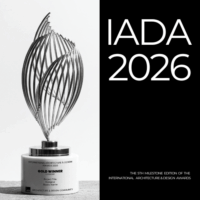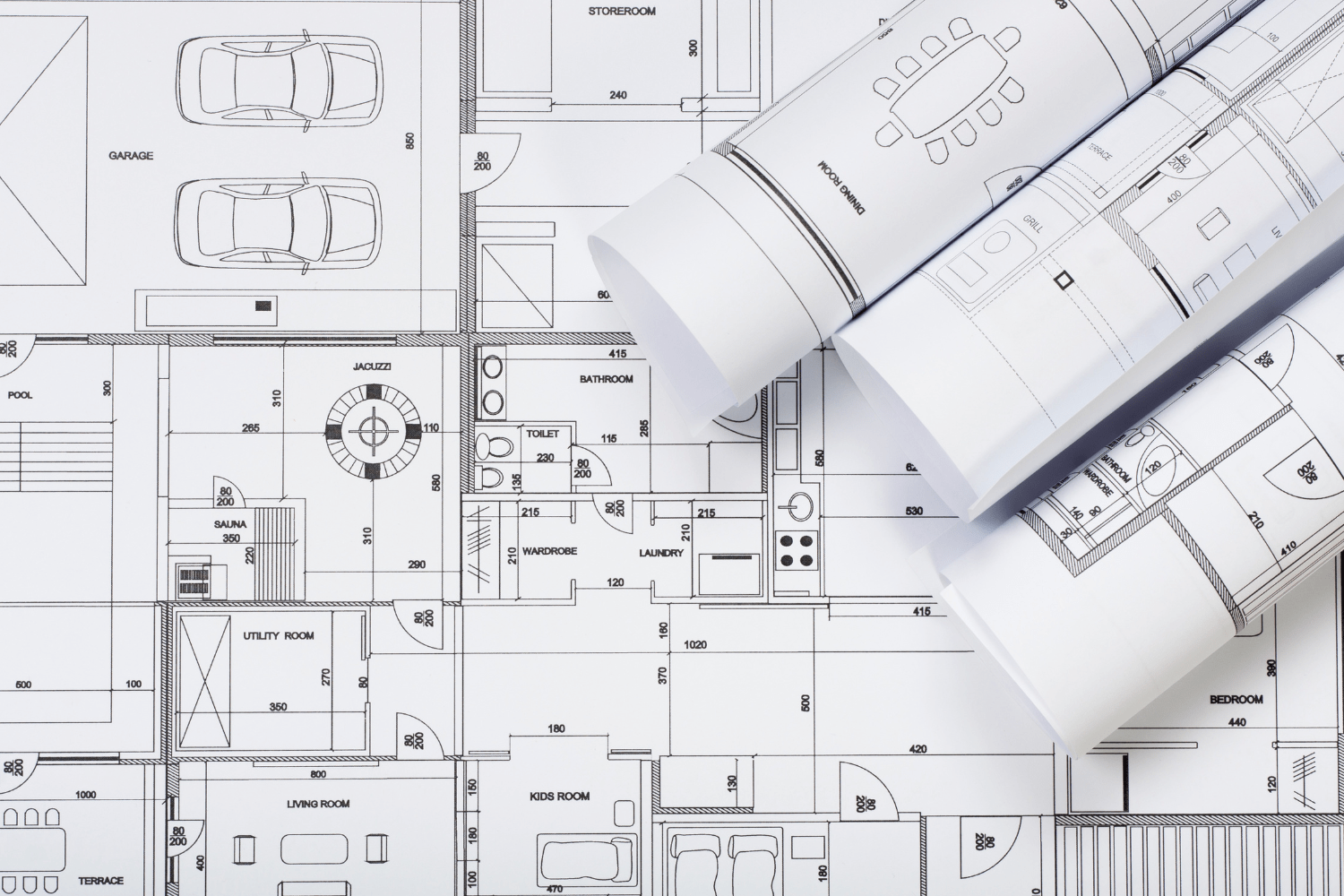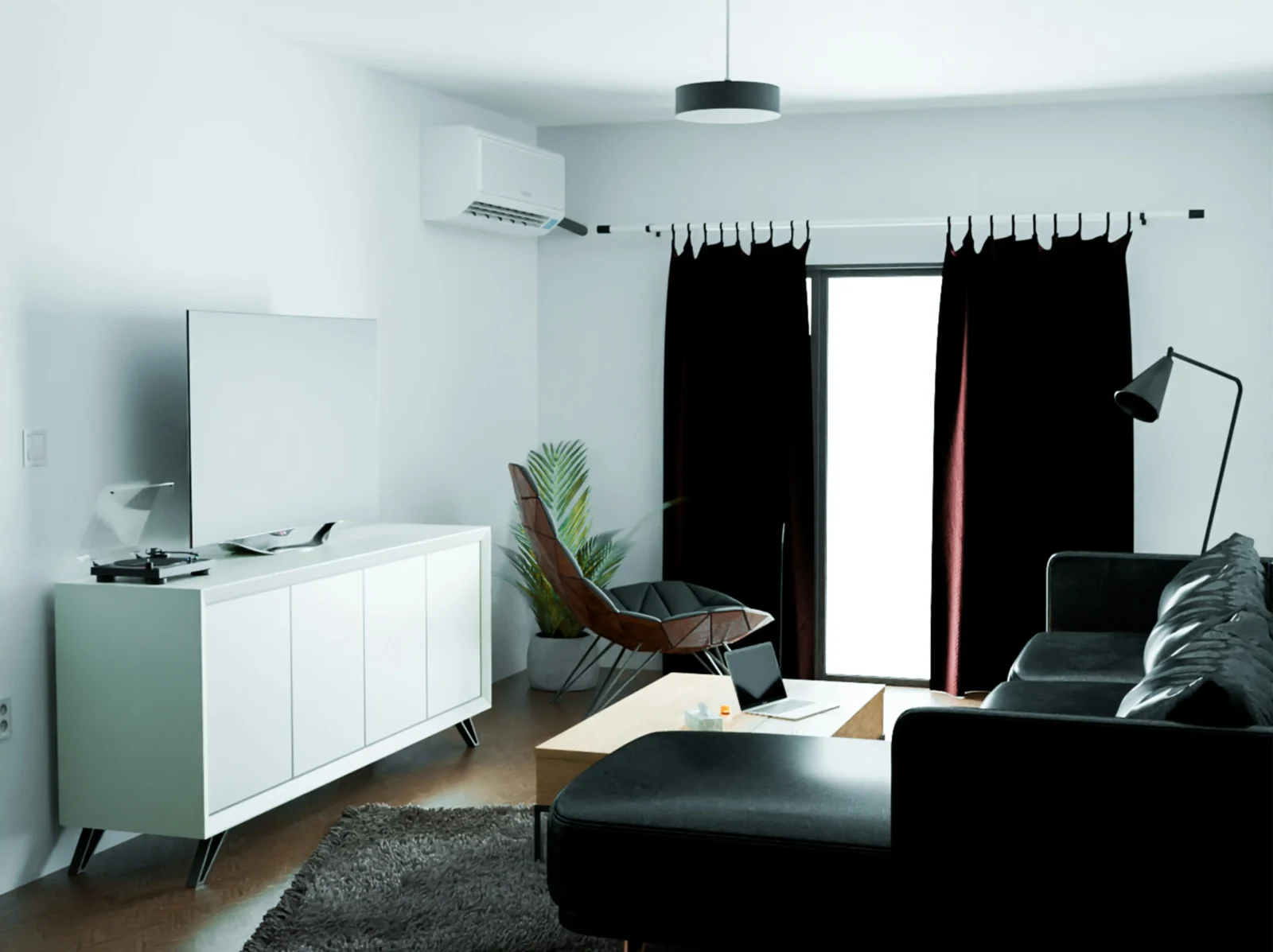- Home
- Articles
- Architectural Portfolio
- Architectral Presentation
- Inspirational Stories
- Architecture News
- Visualization
- BIM Industry
- Facade Design
- Parametric Design
- Career
- Landscape Architecture
- Construction
- Artificial Intelligence
- Sketching
- Design Softwares
- Diagrams
- Writing
- Architectural Tips
- Sustainability
- Courses
- Concept
- Technology
- History & Heritage
- Future of Architecture
- Guides & How-To
- Art & Culture
- Projects
- Interior Design
- Competitions
- Jobs
- Store
- Tools
- More
- Home
- Articles
- Architectural Portfolio
- Architectral Presentation
- Inspirational Stories
- Architecture News
- Visualization
- BIM Industry
- Facade Design
- Parametric Design
- Career
- Landscape Architecture
- Construction
- Artificial Intelligence
- Sketching
- Design Softwares
- Diagrams
- Writing
- Architectural Tips
- Sustainability
- Courses
- Concept
- Technology
- History & Heritage
- Future of Architecture
- Guides & How-To
- Art & Culture
- Projects
- Interior Design
- Competitions
- Jobs
- Store
- Tools
- More
How London’s Residential Architecture is Evolving to Meet Modern Living Demands

Contemporary design challenges in the capital require innovative approaches to space, sustainability, and heritage integration
London’s residential architecture landscape is undergoing a fundamental transformation as architects grapple with evolving client expectations, stringent planning regulations, and the challenge of creating contemporary living spaces within the capital’s historic urban fabric. The demand for thoughtful, space-efficient design has never been higher, with families seeking homes that balance modern functionality with respect for London’s architectural heritage. This evolution has driven increased demand for comprehensive architectural design services London that can navigate both the creative and regulatory complexities of residential projects in the capital.
The contemporary London residential architect must balance multiple competing demands: maximizing limited space, integrating sustainable technologies, respecting conservation area requirements, and creating homes that reflect modern lifestyle preferences while working within the constraints of Victorian and Edwardian building stock.
Table of Contents
ToggleThe Challenge of Space Optimization
London’s residential architecture has always been defined by space constraints, but contemporary living patterns have intensified the challenge of creating functional homes within tight spatial parameters. Modern families require flexible spaces that can accommodate remote working, social entertaining, and family life within properties that were originally designed for very different purposes.
The traditional Victorian terrace, London’s dominant housing typology, presents particular design challenges. These properties, typically measuring 4-5 meters in width, must accommodate contemporary requirements for open-plan living, multiple bathrooms, and integrated storage solutions while respecting structural limitations and planning constraints.

Architects are responding with increasingly sophisticated space planning techniques that maximize every available square meter. Double-height spaces, mezzanine levels, and carefully planned sight lines create the illusion of larger spaces while serving multiple functions. The integration of storage within architectural elements has become a defining characteristic of contemporary London residential design.
Basement conversions have emerged as a popular solution for space-constrained sites, though they present complex design challenges. Creating habitable spaces below ground requires careful consideration of natural lighting, ventilation, and moisture control while complying with increasingly strict planning policies governing subterranean development.
Heritage Integration and Conservation Challenges
London’s extensive conservation area designations mean that most residential architecture projects must balance contemporary design aspirations with heritage preservation requirements. This constraint has fostered innovation in architectural approaches that respect historic contexts while creating distinctly modern living environments.
The concept of “contemporary vernacular” has gained prominence, where architects develop design languages that reference traditional London architectural elements while expressing modern spatial and material preferences. This approach often involves reinterpreting traditional proportions, materials, and detailing techniques using contemporary construction methods.
Listed building projects present the greatest design challenges, requiring architects to work within strict conservation frameworks while creating homes that meet modern expectations. Success often depends on understanding the philosophical approach of conservation officers and developing design strategies that enhance rather than compromise heritage values.
The relationship between old and new has become a defining theme in London residential architecture. The most successful projects create clear dialogue between historic and contemporary elements, often using material contrasts or spatial transitions to acknowledge the building’s evolution over time.
Sustainable Design Integration
London’s commitment to carbon neutrality by 2030 has introduced sustainability requirements that significantly influence residential architectural design. Architects must now integrate energy efficiency measures, renewable energy systems, and sustainable materials while maintaining design quality and spatial functionality.
Retrofit projects, which represent a significant portion of London’s residential architecture work, require particularly sophisticated approaches to sustainability integration. Improving the thermal performance of solid wall Victorian buildings while preserving their architectural character demands innovative insulation strategies and careful detailing.
The London Plan’s requirement for renewable energy integration has led to creative architectural solutions for incorporating heat pumps, solar panels, and battery storage systems within residential designs. These technical requirements often drive architectural form, with roof designs optimized for solar gain and plant rooms integrated into spatial planning from the earliest design stages.
Sustainable drainage requirements increasingly influence site planning and landscape design, with architects incorporating permeable surfaces, green roofs, and rainwater harvesting systems into residential projects. These functional requirements often become architectural features that enhance rather than compromise design quality.
Technology and Design Process Evolution
Digital design tools have transformed how London architects approach residential projects. Building Information Modeling (BIM) has become standard practice, enabling more sophisticated design coordination and reducing construction risks through detailed virtual modeling.
Parametric design tools allow architects to explore multiple design options rapidly while maintaining compliance with complex planning constraints. These tools prove particularly valuable for optimizing daylight access, spatial efficiency, and thermal performance within London’s constrained urban sites.
Virtual reality visualization has revolutionized client engagement, allowing homeowners to experience proposed spaces before construction begins. This technology has improved design decision-making while reducing change orders during construction phases.
Drone surveys and 3D scanning technologies enable more accurate site analysis and existing building documentation, improving design accuracy and reducing survey-related project risks.
Client Expectations and Lifestyle Changes
Contemporary London homeowners have evolved expectations that influence residential architectural design. The integration of smart home technologies, home offices, and wellness-focused spaces has become routine in residential projects across all market segments.

The pandemic’s impact on home use patterns has accelerated demand for flexible spaces that can adapt to changing functions throughout the day. Architects are designing homes with movable partitions, convertible furniture, and multi-functional rooms that maximize spatial utility.
Outdoor space access has become increasingly important, with clients prioritizing garden connections, roof terraces, and balconies even in central London locations. This demand has driven innovation in glazing systems, external space design, and indoor-outdoor living integration.
Kitchen design has evolved to become the social heart of the home, requiring architects to create spaces that accommodate cooking, dining, working, and socializing within open-plan configurations. The integration of kitchen islands, breakfast bars, and informal seating areas has become standard in contemporary London residential design.
Planning Policy Impact on Design
London’s planning policies significantly influence residential architectural design, with each borough developing distinct interpretations of the London Plan that affect design approaches. Understanding these local variations has become essential for successful project delivery.
Permitted development rights have created opportunities for certain types of residential extensions without planning permission, though building regulations and party wall requirements still apply. Architects have developed standardized approaches for maximizing these opportunities while ensuring design quality.
Density policies affect residential development form, with requirements for minimum space standards and private outdoor space influencing apartment design and site planning. These constraints often drive architectural innovation in creating efficient yet comfortable living environments.
Conservation area policies vary significantly across London’s boroughs, with some areas requiring traditional materials and forms while others permit contemporary interventions. Understanding these nuances enables architects to develop appropriate design strategies from project inception.
Materials and Construction Innovation
London’s residential architecture has embraced new materials and construction techniques that enable more efficient and sustainable building while respecting heritage contexts. Cross-laminated timber (CLT) has gained acceptance for residential extensions and new builds, offering sustainable construction with excellent thermal performance.
Structural glazing systems enable larger openings and better daylight access while meeting increasingly strict thermal performance requirements. High-performance glazing units can achieve traditional window proportions while delivering contemporary energy efficiency.
Innovative insulation materials and systems enable thermal upgrades of historic buildings without compromising architectural character. Internal wall insulation systems, breathing wall technologies, and thermal bridge solutions have become routine elements of retrofit projects.
Modern brick manufacturing techniques enable architects to specify bricks that match historic examples while delivering superior thermal performance and weather resistance. This capability supports heritage integration while meeting contemporary building standards.
The Role of Collaborative Design
London’s residential architecture increasingly relies on collaborative design approaches that integrate multiple disciplines from project inception. The complexity of regulatory requirements, sustainability targets, and technical integration demands early coordination between architects, engineers, and specialist consultants.
Integrated design teams can optimize building performance while maintaining design quality, identifying opportunities for innovation that might not be apparent when disciplines work independently. This collaboration often results in more cost-effective solutions that deliver better outcomes for clients.
Co-design approaches involving client participation in the design process have gained popularity, particularly for bespoke residential projects. These methods improve client satisfaction while reducing design changes during construction phases.
Community consultation has become routine for larger residential projects, requiring architects to balance multiple stakeholder interests while maintaining design integrity. Success often depends on clear communication of design intentions and responsiveness to legitimate community concerns.

Future Directions and Emerging Trends
London’s residential architecture continues to evolve in response to changing regulations, client expectations, and technological capabilities. Several emerging trends are likely to influence future practice directions.
Circular economy principles are beginning to influence material selection and building design, with architects considering whole-life building performance and end-of-life material recovery potential.
Climate adaptation measures are becoming routine considerations, particularly for flood resistance and overheating prevention. These requirements often influence building form and material selection in addition to mechanical system design.
Wellness-focused design is gaining prominence, with architects integrating biophilic design principles, air quality optimization, and natural lighting strategies into residential projects.
The integration of electric vehicle charging and renewable energy systems is becoming standard practice, influencing site planning and building services integration from the earliest design stages.
Professional Practice Evolution
The evolving complexity of London residential architecture has implications for professional practice and skills development. Architects must maintain current knowledge of planning policies, building regulations, and sustainability requirements while developing competency in digital design tools and collaborative working methods.
Continuing professional development increasingly focuses on integrated design approaches and cross-disciplinary collaboration. Understanding of building performance analysis and environmental design has become essential for residential architects.
Client communication skills have gained importance as project complexity increases and client expectations evolve. Architects must be able to explain technical requirements and design decisions clearly while managing complex approval processes.
The integration of business skills and project management capabilities has become essential for residential architects, particularly those working on bespoke projects where client relationships and project delivery quality directly influence practice success.
Conclusion
London’s residential architecture exemplifies the challenges and opportunities facing urban design practice worldwide. The combination of heritage constraints, regulatory complexity, and evolving client expectations has driven innovation in design approaches and construction techniques.
Success in this environment requires architects to balance creative design ambitions with practical constraints while maintaining high standards of environmental performance and client service. The most successful practitioners are those who embrace collaborative working methods and integrate sustainability considerations into every aspect of the design process.
As London continues to evolve its approach to residential development, architects who can navigate complexity while delivering exceptional design outcomes will define the future of the capital’s residential architecture.
illustrarch is your daily dose of architecture. Leading community designed for all lovers of illustration and #drawing.
Submit your architectural projects
Follow these steps for submission your project. Submission FormLatest Posts
10 Common Architectural Symbols and Their Meanings
Architectural drawings rely on symbols to communicate complex ideas quickly and clearly....
Best LED Shop Lights 2026: Brightest Options for Garage & Workshop
In 2026, LED shop lights have become essential for creating safe, efficient,...
Coloring Your Year: Using Traditional Lunar New Year Hues to Transform Your Apartment Décor
Lunar New Year always brings a burst of color and energy, making...
Chandelier Light vs Ceiling Lights: Which Decorative Lighting Works Best for UAE Homes in Winter?
Winter in the UAE doesn’t arrive loudly. It doesn’t announce itself with...












Leave a comment